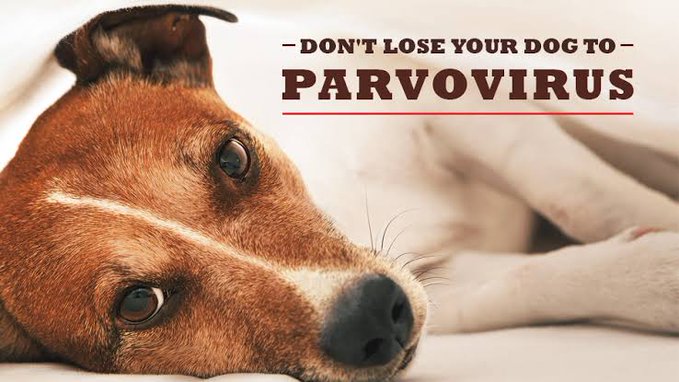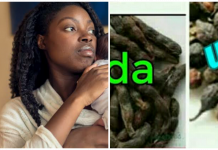Everything a dog owner should know about Parvovirus in dogs: fatality, risk factors, mode of transmission, signs and symptoms, and vaccinating a dog for parvo
Parvovirus commonly known as Parvo is a highly contagious virus that is responsible for death of most dogs majorly Puppies. This is an informative article on what you should know about this killer.
Parvovirus in dogs have a mortality rate close to 90%, especially when left untreated. Treatment needs an aggressive protocol which could drop the mortality rate to about 5-20%. Hence without treatment or adequate treatment it is potentially deadly.
Mode of transmission – how do dogs get parvo?
The virus spreads by direct contact with any infected dogs, through feces days after exposure — often before the dog starts exhibiting any clinical signs of infection. The dog will continue to shed the virus while he is sick and for up to 10 days after he has recovered
A dog may get infected by sniffing or licking surfaces or any other dog that has been contaminated with the feces of an infected dog. And did I say Parvovirus could be very resilient
Properties of the virus
Could survive indoors at room temperature for about 2 months and outdoors for months provided there’s no direct sunlight. And it is resistant to household cleaners and disinfectant… So yea parvo can stay for months in your dogs cage till you get another Puppy.
This is why it is very hard to control once you have such incident among any of your dogs henceforth accurate diagnosis and separation of the sick dog is expedient As it may spread like wildfire to all of your dogs if you don’t take caution.
Risk factors
Young dogs and all unvaccinated dogs are most at risk contracting parvo. Rottweilers, German shepherd, Doberman are also major breeds with high risk… So Take Note if you have these breeds of dogs in your kennel.
Another risk factor is vaccinating your dog too early. Well, many dog owners prefer to go to breeders to vaccinate their dogs. Well, goodluck. Your dog should have 3 shot of a 5-in-1 vaccine called DHLPP and given a certificate of vaccination by a registered Vet Doctor
Signs and Symptoms – what are the first signs of parvo in a dog?
Signs of Parvovirus could be and not limited to depression, lethargy, dehydration, fever, loss of appetite, vomitting, loose diarrhea with a foul smell which could proceed to bloody diarrhea. Some could be Frank blood. At this stage… I’m sorry for your dog
Treatment
Treatment of Parvovirus… Consult your vet..
Prevention of Parvovirus.
Good hygiene. Parvo is only susceptible to bleach. so it is recommended you use bleach and detergent to wash off surfaces and cages of your dog.
Vaccination: Vaccines for the parvovirus are recommended for all puppies and are usually given in a series of three shots when the pup is between 6-to-8 weeks old, again at 10-to-12 weeks, and at 14-to-16 weeks. A booster shot is administered one year later and every 3 years after that because a vaccinated dog carry still carry parvovirus.
Don’t expose your puppy. You may be so excited to flaunt your new dog and walk on the street, but if your dog hasn’t completed any of the shots of vaccinations including against Rabies you should keep your dog from any other dog.
Prognosis
Once a dog recovers from Parvovirus, it’s not likely it comes down with such again however you should endeavour to give yearly booster shots and also note that a recovered dog will still shed the virus for about 6 weeks in their feces.

Credit: Online Vet
























